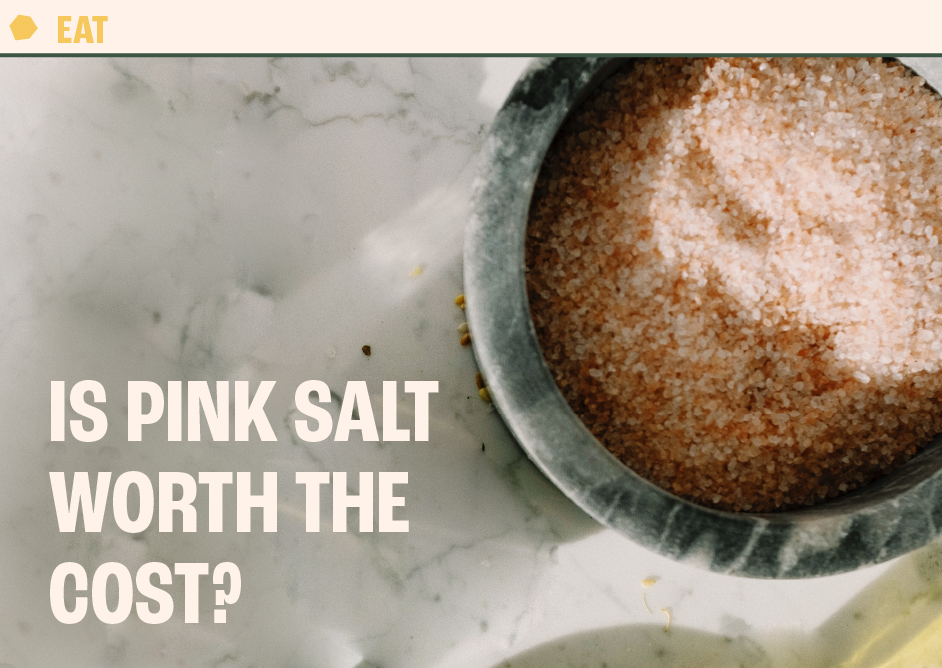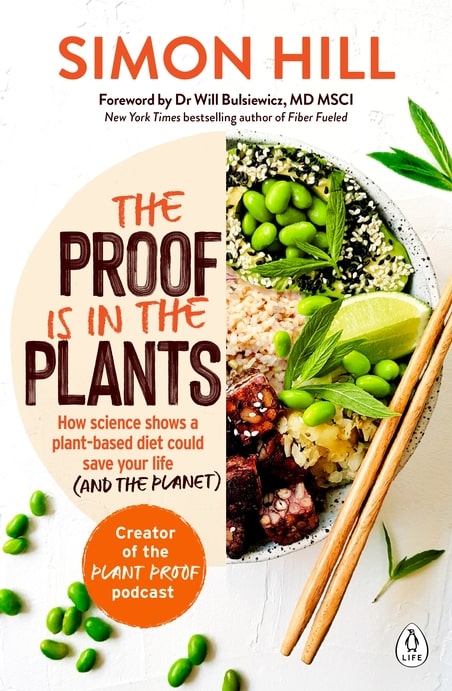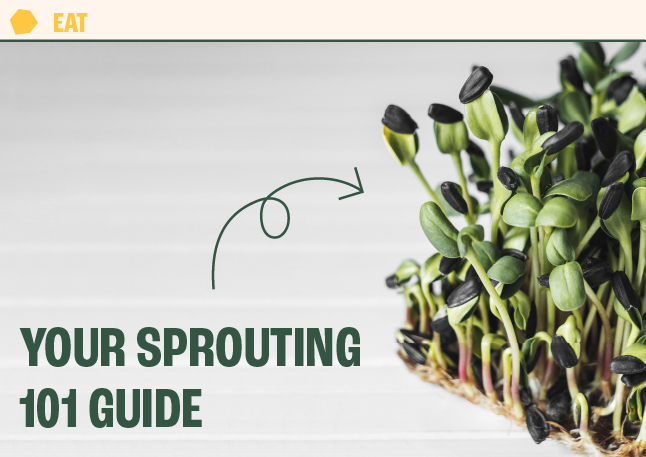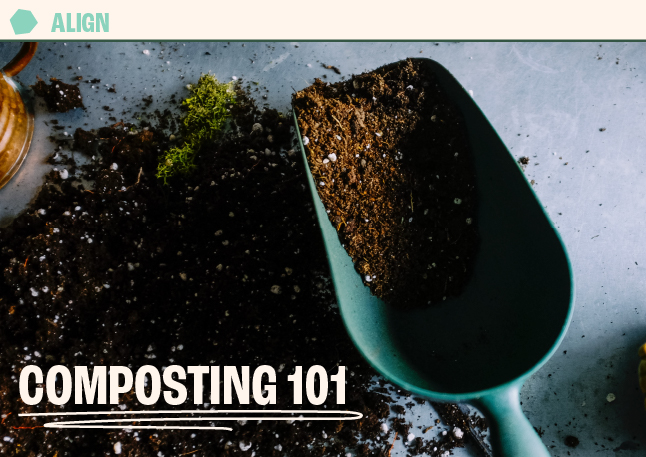Does pink salt live up to the hype?
I really hate to do this to my pink salt lovers, but I’m sorry; it seems Pink Salt is a little overrated!
Before you get upset, please know if you like the taste and can justify the cost go for it. Pink salt is still salt, and while it doesn’t provide any special health benefits, as we’ll see in a moment, it’s perfectly safe and adds delicious flavor.
But, the claim I see circulating around the internet is that pink salt is superior to other types of salt because it has a higher mineral content. Is this legitimate?
A group of researchers in Australia set out to answer this question. They tested 31 different brands of pink salt, including finely ground, coarse rock, and flakes, and compared the mineral content of these salts to regular iodized white table salt. (1) Here’s what they found.
Pink salts do contain higher levels of calcium, iron, magnesium, and manganese than white table salt. But the problem is, the absolute amounts of these minerals are SO small, relative to one’s daily requirement, that you would need to consume 6 tsps (or 30g) of pink salt every day for this to have a clinically meaningful effect.

For comparison, the average Australian consumes 9.6g of salt per day, already well above the WHO-recommended maximum of 5g. (2) (The average American consumes about 3.4g of salt.) To benefit from pink salt, that would mean adding an extra 4-5 tsps each day, almost 600% of the recommended sodium intake.
Obviously, no one thinks that’s a good idea.
So, where did our interest in pink salt come from? I’m sure many of you are like me and want to pack as many nutrients as possible into your daily diet. This is a good thing! But, where this can go wrong is when we get caught up chasing every new food claim in an effort to maximize every aspect of our diet. It can take a real toll on our menus and pocketbooks.
Some of the simplest foods remain the best.
A whole food, plant-based diet is naturally high in essential nutrients and low in excess sodium commonly found in ultra-processed foods. Trying to eek extra minerals out of your salt choice isn’t necessary if the rest of your diet is rich in plants. So, while some of you can afford pink salt and enjoy its unique taste, those who eat on a budget are doing just fine with regular table salt.
Instead of focusing so much on the type of salt they eat, many people would benefit from reducing their overall sodium intake (sodium is found in salt). More to the point, because most sodium in the western diet comes packaged in ultra-processed foods, shifting to a whole-food diet provides many benefits including reduced sodium intake.
A 2020 meta-analysis that included 36 studies and 616,905 subjects found that for every 1g increase in dietary sodium intake, the risk of heart disease went up by 6%. (4) And another review that included 23 studies found that individuals with the highest sodium intake had an increased risk of mortality compared to those consuming an average amount of sodium. (5)
If the goal is longevity and more years of healthy life, pink salt doesn’t provide any extra benefit over iodized table salt. But, avoiding the excess sodium common in a standard Western diet provides real health and longevity benefits.
That doesn’t mean salt is off the table! While some people need to reduce sodium intake, if you don’t have hypertension, a few turns of the salt mill is A-ok, especially if you’re an athlete and/or someone who sweats a lot.
Just a quick note for those of you with hypertension: If you have high blood pressure, swapping regular table salt (sodium chloride) for a potassium-chloride salt substitute is a great option. This swap has been shown to reduce the risk of cardiovascular disease. (3) Speak to your physician about this if you’re taking anti-hypertensive meds.
Friends, I hope you are enjoying these brief fact-check videos and blogs. My goal is to give you a quick rundown of an issue and provide a reliable takeaway you can immediately put to use. As always, nutrition topics are complex, and there is much more detail to explore. For those of you interested in delving deeper, stay tuned to my podcast and website for future offerings.
-Simon
References:
- Fayet-Moore F, Wibisono C, Carr P, et al. An Analysis of the Mineral Composition of Pink Salt Available in Australia. Foods. 2020;9(10):1490. Published 2020 Oct 19. doi:10.3390/foods9101490
- Land MA, Neal BC, Johnson C, Nowson CA, Margerison C, Petersen KS. Salt consumption by Australian adults: a systematic review and meta-analysis. Med J Aust. 2018;208(2):75-81. doi:10.5694/mja17.00394
- Neal B, Wu Y, Feng X, et al. Effect of Salt Substitution on Cardiovascular Events and Death. N Engl J Med. 2021;385(12):1067-1077. doi:10.1056/NEJMoa2105675
- Wang YJ, Yeh TL, Shih MC, Tu YK, Chien KL. Dietary Sodium Intake and Risk of Cardiovascular Disease: A Systematic Review and Dose-Response Meta-Analysis. Nutrients. 2020;12(10):2934. Published 2020 Sep 25. doi:10.3390/nu12102934
- Graudal N, Jürgens G, Baslund B, Alderman MH. Compared with usual sodium intake, low- and excessive-sodium diets are associated with increased mortality: a meta-analysis. Am J Hypertens. 2014;27(9):1129-1137. doi:10.1093/ajh/hpu028








